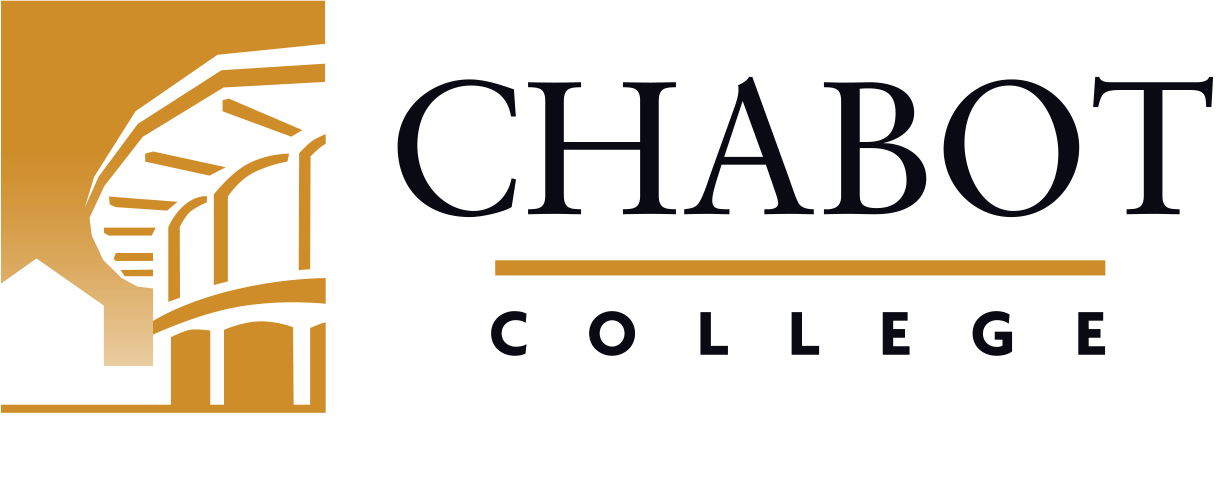
Course Outline for Art 16A
Introduction to Ceramics I
Effective: Fall 2021
SLO Rev: 05/19/2016
SLO Rev: 05/19/2016
Catalog Description:
ART 16A - Introduction to Ceramics I
3.00 Units
Instruction in the fundamental techniques of wheel-thrown and hand-constructed clay forms. Survey of clay and glaze materials and reaction to fire will be included. Methods of decorating using glazes will be introduced. Influence of Eastern and Western contemporary and historical works and the students' creations. Formulate personal creative process, including inspiration, experimentation, and evaluation. Designed for art majors as well as non-majors.
1009.00 - Applied Design*
Letter Grade Only
| Type | Units | Inside of Class Hours | Outside of Class Hours | Total Student Learning Hours |
|---|---|---|---|---|
| Lecture | 2.00 | 36.00 | 72.00 | 108.00 |
| Laboratory | 1.00 | 72.00 | 0.00 | 72.00 |
| Total | 3.00 | 108.00 | 72.00 | 180.00 |
Measurable Objectives:
Upon completion of this course, the student should be able to:
- differentiate clay varieties and ceramic processes;
- create ceramic forms utilizing pinch, coil, soft slab, hard slab and throwing techniques;
- analyze and demonstrate existing ceramic pieces and distinguish the forming processes used in creating them throughout history;
- produce and apply surface treatment to a variety of different forms;
- examine and describe historical and contemporary developments, trends, materials, and approaches in ceramics;
- assess and critique ceramics in group, individual, and written contexts using relevant critique formats, concepts and terminology;
- safely handle and use all studio equipment, tools, and materials.
Course Content:
Course Content (lecture):
- Clay types and their relative advantages and limitations.
- The elements of art and ceramic terminology.
- Surface and firing techniques appropriate to an introductory study in ceramics, which may include but are not limited to:
- slips
- engobe
- terra sigilata
- glaze
- burnishing, in various firing atmospheres and temperatures.
- Visual problem solving exercises that develop ceramic work and require exploration and manipulation of the basic materials used to create ceramic works.
- Elements and organizing principles of ceramics including but not limited to:
- pinch
- coil
- soft slab
- hard slab
- sgraffito
- mishima
- additive and subtractive techniques
- wheel work.
- Overview of ceramics as a major medium of artistic expression, including the history of clay and its role in historical and contemporary cultures as both artistic form and functional craft.
- Critical evaluation and critique of class projects using correct terminology in oral or written formats.
- Studio, equipment, and material use and safety.
Course Content (Lab-studio):
- Visual problem solving exercises that develop ceramic work and require exploration and manipulation of the basic materials used to create ceramic works.
- Studio projects that explore the elements and organizing principles of ceramics including but not limited to:
- pinch
- coil
- soft slab
- hard slab
- sgraffito
- mishima
- modeling
- carving
- wheel work.
- Development of skills and processes using a variety of surface and firing techniques appropriate to an introductory study in ceramics, which may include but are not limited to:
- slips
- engobe
- terra sigilata
- glaze
- burnishing
- in various firing atmospheres and temperatures.
- Safe use of tools and specialized equipment.
- Critical evaluation and critique of class projects.
Methods of Instruction:
- Classroom critiques done individually and Masters' works in groups.
- Classroom lectures and demonstrations of wheel throwing, hand building design techniques and various firing techniques;
- Classroom student wheel activities;
- Distance Education
- Video and slide presentations of Masters' and contemporary clay artists' work;
Assignments and Methods of Evaluating Student Progress:
- Center a ball of clay on the wheel. Open and bring up walls.
- Create a wheel thrown bowl any size completely trimmed and glazed based on instructor's demonstration.
- Create a hand-built decorative form of 12” or more made by coiled clay based on instructor's demonstration.
- Using the wheel, throw a cylinder 6” to 8” tall, measured by instructor or an assistant. (This assignment may be done anytime you feel you can achieve this task.)
- Measure improvement growth in skills and craftsmanship of wheel throwing
- assess pieces to determine if met goals for activity.
- Class Work
- Written mid-term examination on terminology and techniques
- Critique and evaluation of all assignments will be done for final examination
- Class Participation
- Portfolios
- Oral Presentation
Upon the completion of this course, the student should be able to:
- Achieve basic technical skills of hand-built forms
- Achieve basic technical skills of wheel-thrown forms
- Achieve glazing skills which exhibit a knowledge of glaze and it's reaction to fire
- Achieve trimming skills which exibit craftsmanship
- Demonstrate an understanding of the potentials and limitations of the media.
Textbooks (Typical):
- Cobb, Sunshine (2018). Mastering Hand Building: Techniques, Tips, and Tricks for Slabs, Coils, and More Voyageur Press .
- Speight, Charlotte and Toki, John (2003). Hands in Clay: An Introduction to Ceramics (Fifth ). McGraw-Hill .
- Clay
- Tool kit (available in bookstore)
- Bamboo brush